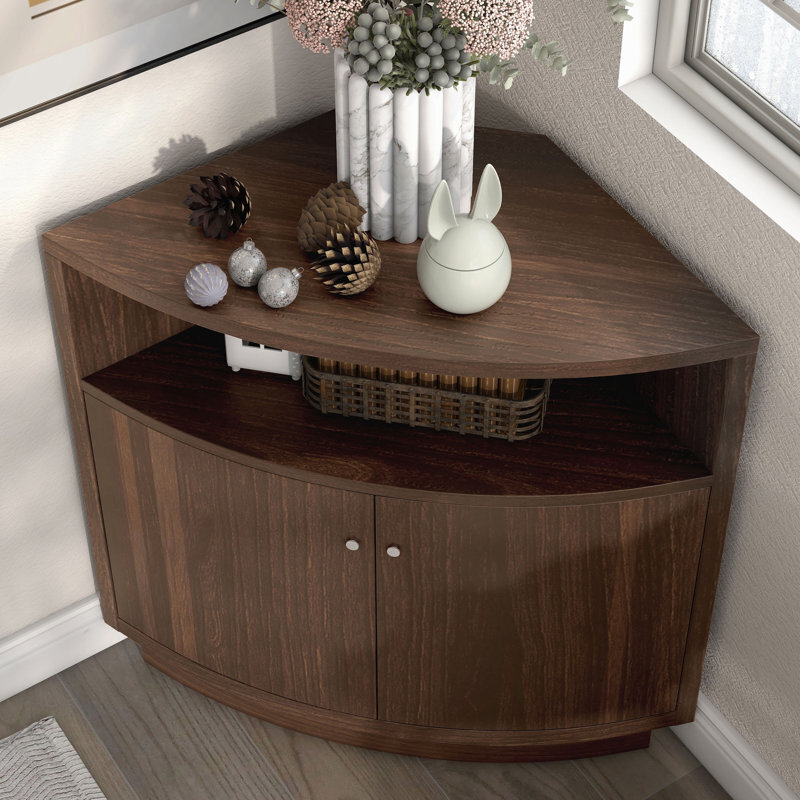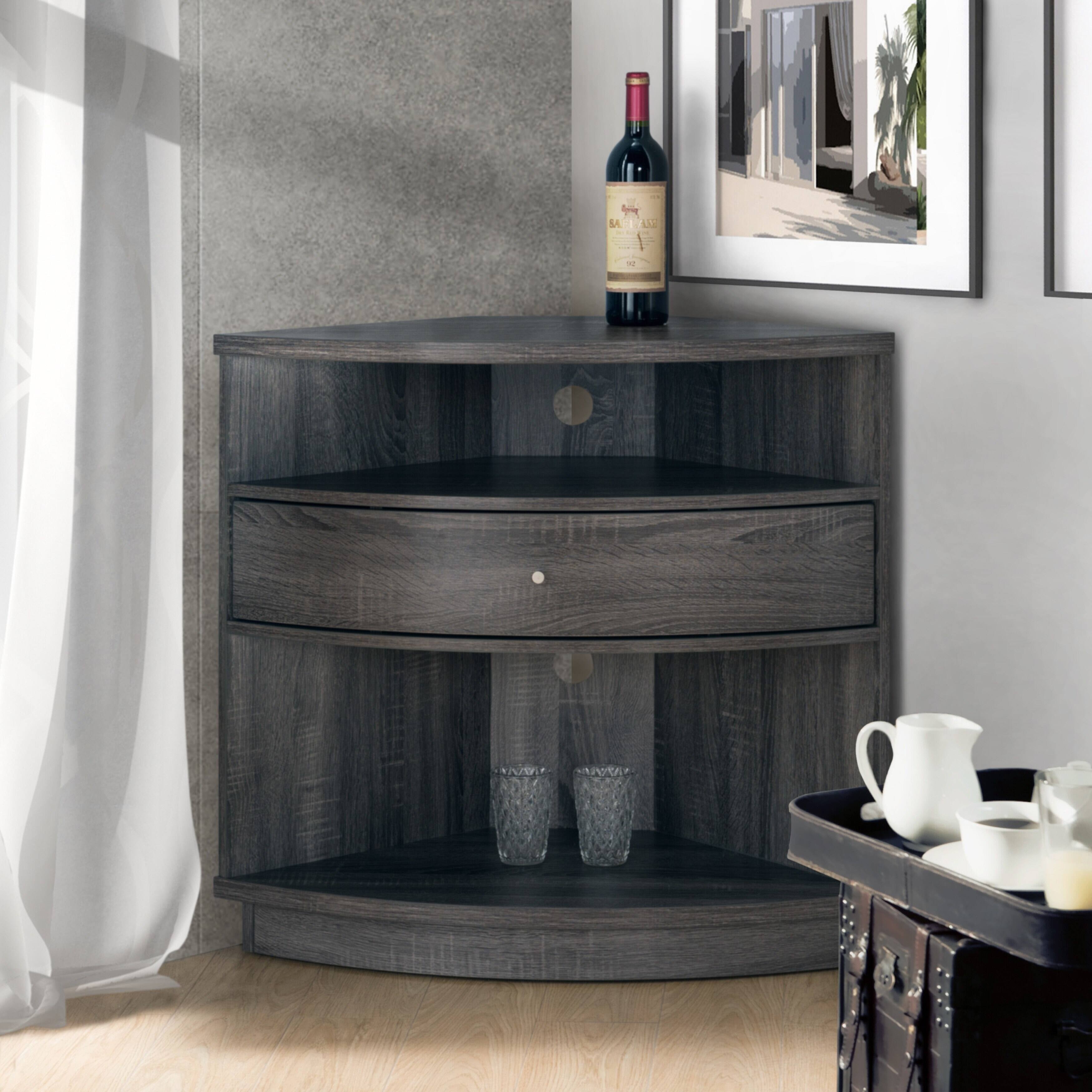Corner Cabinet Design and Functionality

Corner cabinets are a valuable addition to dining rooms, offering a unique solution to maximizing storage and display space in often-underutilized areas. These cabinets are designed to fit snugly into the corner of a room, making the most of what would otherwise be wasted space.
Corner Cabinet Styles
Corner cabinets come in a variety of styles to suit different preferences and dining room aesthetics. Here are some common styles:
- Hutch Styles: Hutch-style corner cabinets feature an upper section with glass doors or open shelving for displaying decorative items, and a lower section with closed cabinets for storing tableware and other dining essentials. These cabinets add a touch of elegance and functionality to the dining room.
- Open Shelving: Corner cabinets with open shelving offer a more contemporary and airy look. They are ideal for displaying decorative items, books, or even serving pieces. The open design allows for easy access and creates a sense of openness in the room.
- Closed Cabinets: Corner cabinets with closed cabinets provide discreet storage for items that you don’t want to display. These cabinets are often used to store linens, extra tableware, or even small appliances. They offer a clean and organized look, keeping clutter hidden away.
Maximizing Storage and Display Space
Corner cabinets offer ample storage and display space, allowing you to organize and showcase your dining room essentials effectively.
- Hutch Styles: Hutch-style corner cabinets provide a dedicated space for displaying decorative items, such as china, glassware, or family heirlooms. The upper glass doors or open shelving showcase these items beautifully, while the lower cabinets offer storage for less decorative items.
- Open Shelving: Corner cabinets with open shelving allow for creative display options. You can arrange decorative items, books, or even serving pieces in a visually appealing manner. This style is ideal for showcasing items that you want to be readily accessible.
- Closed Cabinets: Closed cabinets offer a more discreet storage solution. They are perfect for storing linens, extra tableware, or other dining essentials that you want to keep out of sight. The closed design helps maintain a clean and organized look in the dining room.
Design Tips for Incorporating Corner Cabinets
Incorporating corner cabinets into your dining room design requires careful planning to ensure they complement the existing layout and style. Here are some design tips:
- Consider the Size and Shape of the Room: Choose a corner cabinet that is proportionate to the size of your dining room. A large corner cabinet may overwhelm a small room, while a small corner cabinet may get lost in a large room.
- Match the Style of the Cabinet to the Dining Room: Choose a corner cabinet that complements the overall style of your dining room. A traditional dining room might suit a hutch-style corner cabinet, while a contemporary dining room might benefit from a corner cabinet with open shelving.
- Use Lighting to Highlight Display Items: If you are using a corner cabinet for display purposes, consider using accent lighting to highlight the items on display. This will create a more visually appealing and inviting space.
Choosing the Right Corner Cabinet for Your Dining Room: Corner Cabinet Dining Room Hutch

Selecting the perfect corner cabinet for your dining room involves considering various factors that will ensure both functionality and aesthetic appeal. This guide will help you navigate the process, ensuring you choose a cabinet that seamlessly integrates with your existing décor and meets your specific needs.
Size and Space Considerations
The size of the corner cabinet is crucial for a harmonious fit within your dining room. Measure the available space carefully, leaving enough room for comfortable movement around the cabinet. Consider the overall dimensions, including height, width, and depth. Remember to factor in the door swing, particularly for cabinets with multiple doors. A well-proportioned cabinet will enhance the room’s aesthetics and prevent any feeling of overcrowding.
Materials: Exploring Options and Their Advantages
The material of the corner cabinet significantly influences its style, durability, and price. Here’s a comparison of popular choices:
- Wood: Offers a timeless elegance and warmth. It’s durable, versatile, and can be stained or painted to match your décor. Popular choices include oak, cherry, maple, and walnut, each offering unique grain patterns and color variations.
- Metal: Provides a modern and industrial look. It’s typically more affordable than wood and offers excellent durability. However, metal can be prone to scratches and dents. Consider powder-coated finishes for enhanced scratch resistance.
- Glass: Creates an airy and contemporary feel. It’s lightweight and easy to clean. Glass cabinets are often paired with metal or wood frames, offering a blend of styles. However, glass can be fragile and may require more careful handling.
Essential Features for Functionality
To maximize the usefulness of your corner cabinet, look for these features:
- Adjustable Shelves: This allows you to customize the storage space based on the size and shape of your items. It provides flexibility for storing various items, from dinnerware to glassware.
- Lighting: Built-in lighting illuminates the cabinet’s contents, making it easier to find what you need. LED lights are energy-efficient and provide a bright, even light.
- Quality Hardware: Durable hinges, handles, and drawer slides ensure smooth operation and longevity. Choose hardware that complements the cabinet’s style.
Matching Your Corner Cabinet to Your Dining Room Decor
Choosing a corner cabinet that complements your existing dining room decor is essential for a cohesive and stylish look. Consider these factors:
- Style: If your dining room has a traditional style, opt for a wood cabinet with intricate details and carvings. For a contemporary setting, choose a sleek metal or glass cabinet with minimalist designs. A farmhouse style might call for a distressed wood cabinet with rustic accents.
- Color: Choose a color that complements the existing color scheme of your dining room. Consider neutral shades like white, gray, or black for versatility, or introduce a bolder color to create a focal point.
- Overall Theme: Ensure the cabinet’s style and color align with the overall theme of your dining room. If your dining room features a nautical theme, a cabinet with a blue and white color scheme might be a good choice.
Styling and Decorating with Corner Cabinets

Corner cabinets can add a touch of elegance and functionality to your dining room. They provide valuable storage space while also offering a unique opportunity to showcase your personal style. By strategically placing and decorating your corner cabinet, you can create a focal point that draws attention and enhances the overall aesthetic of the room.
Using Corner Cabinets to Create a Focal Point
Corner cabinets, due to their placement, naturally attract attention. To enhance this inherent focal point potential, consider these strategies:
* Placement: Position the cabinet in a corner that receives ample natural or artificial light. This will highlight the displayed items and create a visually appealing contrast.
* Color and Finish: Choose a cabinet finish that complements the existing color scheme of your dining room. A bold color or a contrasting finish can make the cabinet stand out, while a neutral tone can blend seamlessly into the background.
* Lighting: Incorporate accent lighting to illuminate the cabinet and its contents. Spotlights or LED strips can create a dramatic effect, drawing the eye towards the corner cabinet.
* Background: Use a wallpaper or paint the wall behind the cabinet in a complementary color or pattern. This will create a backdrop that enhances the overall visual appeal of the display.
* Accessories: Strategically placed accessories, such as decorative bowls, sculptures, or vases, can add interest and visual depth to the corner cabinet.
Decorative Items for Corner Cabinets
Corner cabinets provide a versatile platform for displaying a wide range of decorative items, each contributing to the overall ambiance of the dining room:
* China: Display your finest china sets, including teacups, saucers, plates, and serving dishes. Consider arranging them by color, pattern, or historical significance.
* Glassware: Showcase your collection of wine glasses, champagne flutes, and cocktail glasses. Arrange them in a visually appealing pattern, grouping similar styles together.
* Artwork: Display framed prints, paintings, or photographs that complement the overall décor of your dining room. Choose artwork with colors and themes that harmonize with the existing furnishings.
* Plants: Incorporate small potted plants or floral arrangements to add a touch of nature and vibrancy to the corner cabinet. Consider plants that thrive in low-light conditions, such as succulents or peace lilies.
* Books: Display a collection of books related to dining, cooking, or your favorite authors. Consider arranging them by color, size, or subject matter.
Styling Tips for Arranging Items in Corner Cabinets
To create a visually appealing and balanced display, follow these styling tips:
* Balance: Aim for a balanced arrangement of items, considering both weight and color. Avoid overcrowding the cabinet, leaving some space between objects.
* Height and Depth: Vary the height and depth of the displayed items to create visual interest. Use taller items in the back and shorter items in the front.
* Color Palette: Choose a color palette that complements the overall décor of your dining room. Consider using a combination of warm and cool colors for a balanced look.
* Texture: Incorporate items with different textures to add depth and visual interest. For example, combine smooth glass with textured ceramics or woven baskets.
* Personalization: Include items that reflect your personal style and interests. This will make the corner cabinet feel unique and inviting.
Color Palettes and Lighting Techniques, Corner cabinet dining room hutch
| Color Palette | Lighting Technique | Effect |
|---|---|---|
| Warm Neutrals (Beige, Cream, Brown) | Soft, Warm White LED Strip Lighting | Creates a cozy and inviting atmosphere. Enhances the warmth of the color palette. |
| Cool Neutrals (Gray, White, Silver) | Cool White LED Strip Lighting | Creates a modern and sophisticated ambiance. Highlights the clean lines of the cabinet and its contents. |
| Bold Colors (Red, Blue, Green) | Accent Lighting (Spotlights or Recessed Lights) | Draws attention to the cabinet and its contents. Creates a dramatic effect. |
A corner cabinet dining room hutch offers a unique and practical storage solution, enhancing both functionality and aesthetics. When selecting the style for such a piece, one crucial decision involves the door design, as it significantly impacts the overall visual appeal.
The choice often comes down to shaker vs flat panel cabinets , with shaker doors offering a classic, traditional look, while flat panel doors create a more modern and minimalist aesthetic. Ultimately, the best choice for a corner cabinet dining room hutch depends on the desired style and the overall design theme of the dining room.
A corner cabinet dining room hutch can serve as a focal point for the space, offering both storage and display opportunities. Its design often complements the surrounding cabinetry, and when crafted from materials like cherry oak, it can exude a timeless elegance.
The warm hues and intricate grain patterns of cherry oak kitchen cabinets lend themselves well to the creation of a sophisticated and inviting atmosphere, a quality that can seamlessly translate to a corner cabinet dining room hutch.
